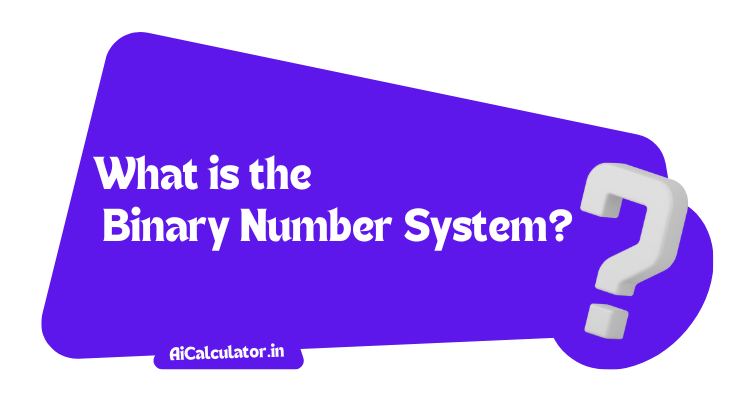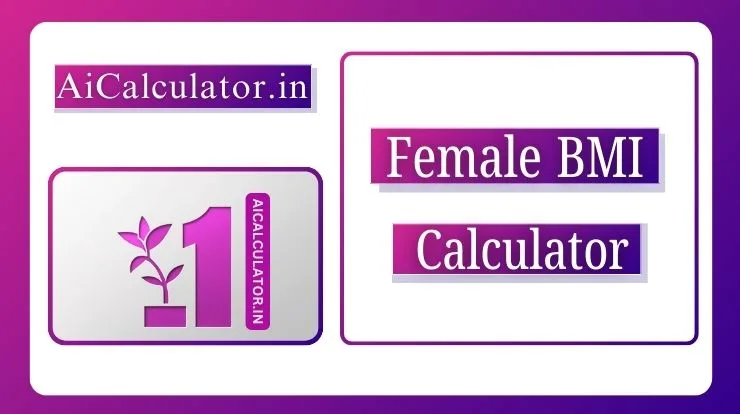Step-by-Step Hexadecimal to Binary Conversion Guide
Learning hexadecimal to binary conversion is essential for anyone working with computers or digital systems. Fortunately, there’s a direct relationship that makes this process straightforward.
Simple Hexadecimal to Binary Conversion Steps Anyone Can Follow
The key insight that makes hex-to-binary conversion easy is this: Each hex digit corresponds to exactly four binary digits (bits).
Here’s how to convert any hexadecimal number to binary:
- Break down the hex number into individual digits
- Convert each hex digit to its 4-bit binary equivalent
- Combine all the binary groups to get your final answer
That’s it! No complex math required.
Table of Contents
Complete Hexadecimal to Binary Table for Quick Reference
A hexadecimal to binary table is an invaluable reference tool that shows the 4-bit binary equivalent of each hex digit. Here’s a complete conversion table you can use:
| Hex | Binary | Hex | Binary |
|---|---|---|---|
| 0 | 0000 | 8 | 1000 |
| 1 | 0001 | 9 | 1001 |
| 2 | 0010 | A | 1010 |
| 3 | 0011 | B | 1011 |
| 4 | 0100 | C | 1100 |
| 5 | 0101 | D | 1101 |
| 6 | 0110 | E | 1110 |
| 7 | 0111 | F | 1111 |
With this table, you can quickly look up the binary equivalent of any hex digit. This makes the conversion process much faster once you’ve practised a few times.
In this guide, I’ll walk you through this conversion process in a way that’s easy to grasp, even if you’re new to these number systems. By the end, you’ll be converting hex to binary with confidence!
Understanding the Hexadecimal Number System
The hexadecimal number system (also called hex) is a base-16 system that uses 16 different symbols to represent values. These include:
- The digits 0-9 (representing values zero through nine)
- The letters A-F (representing values ten through fifteen)
For example, in hexadecimal:
- A = 10 in decimal
- B = 11 in decimal
- F = 15 in decimal
This system is widely used in computing because it provides a more compact way to represent binary data. The hexadecimal number system makes it much easier to work with large binary numbers that would otherwise be unwieldy.
What is the Binary Number System?

The binary number system is a base-2 system that uses only two digits: 0 and 1. Each position in a binary number represents a power of 2, starting from the rightmost digit (2⁰ = 1) and increasing as you move left (2¹ = 2, 2² = 4, 2³ = 8, and so on).
For example, the binary number 1011 equals:
- 1 × 2³ + 0 × 2² + 1 × 2¹ + 1 × 2⁰
- 8 + 0 + 2 + 1 = 11 in decimal
The binary number system forms the foundation of all computing because electronic components can easily represent two states: on/off or high/low voltage.
Practical Hex to Binary Conversion Examples
Let’s work through some examples to see how the hex to binary process is straightforward once you understand the relationship between these number systems.
Example 1: Convert A3 to binary
- Breakdown: A and 3
- Convert using the table:
- A = 1010
- 3 = 0011
- Combine: 1010 0011
So, A3₁₆ = 10100011₂
Example 2: Convert 7B to binary
- Breakdown: 7 and B
- Convert using the table:
- 7 = 0111
- B = 1011
- Combine: 0111 1011
So, 7B₁₆ = 01111011₂ (or simply 1111011₂ if we drop the leading zero)
Example 3: Convert 1F4 to binary
- Break down: 1, F, and 4
- Convert using the table:
- 1 = 0001
- F = 1111
- 4 = 0100
- Combine: 0001 1111 0100
So, 1F4₁₆ = 000111110100₂ (or 111110100₂ without leading zeros)
How to Convert Hexadecimal with Decimal Points to Binary
For hex numbers with decimal points (like 5A.C3), follow these steps:
- Split the number at the decimal point
- Convert each part separately using the same method
- Recombine with the binary point in the same position
For example, to convert 5A.C3:
- 5 = 0101, A = 1010, so 5A = 0101 1010
- C = 1100, 3 = 0011, so C3 = 1100 0011
- Result: 5A.C3₁₆ = 0101 1010.1100 0011₂
Why Number System Conversion Matters in Computing
Understanding number system conversion skills is crucial for anyone working in computer science or digital electronics. Here’s why hexadecimal to binary conversion is particularly useful:
- Memory and addressing: Computer memory addresses are often represented in hex for readability, but the computer works with them in binary
- Colour codes: Web developers use hex codes for colours (like #FF5733), which are binary values for RGB components
- Debugging: When debugging low-level code or examining memory dumps, you’ll frequently need to convert between hex and binary
- Digital design: Hardware engineers use hex as shorthand for binary patterns when designing digital circuits
- Data representation: Hex provides a compact way to represent binary data in a human-readable format
The base-16 number system provides a perfect balance between human readability and computer efficiency, which is why it’s so widely used in computing.
Frequently Asked Questions
Why does 1 hex digit equal exactly 4 binary digits?
This perfect mapping exists because 2⁴ = 16. Since hexadecimal is base-16 and binary is base-2, one hex digit can represent exactly 16 different values (0-F), which is precisely the number of combinations possible with 4 binary digits (0000-1111).
Why does 1 hex digit equal exactly 4 binary digits?
This perfect mapping exists because 2⁴ = 16. Since hexadecimal is base-16 and binary is base-2, one hex digit can represent exactly 16 different values (0-F), which is precisely the number of combinations possible with 4 binary digits (0000-1111).
Can I convert binary to hexadecimal using the same method?
Yes! To convert from binary to hexadecimal, group the binary digits into sets of 4 (starting from the right), then convert each group to its hex equivalent using the same conversion table.
Why do we use hexadecimal instead of decimal in computing?
Hexadecimal provides a more natural mapping to binary (1 hex digit = 4 binary digits) compared to decimal. This makes it easier to work with binary data, which is the native language of computers. Decimal doesn’t have this clean relationship with binary.
How do I convert larger hex numbers efficiently?
For larger hex numbers, the process remains the same—convert each digit individually to its 4-bit binary equivalent. You can also use online tools like the Hexadecimal to Binary Converter on AiCalculator.in for faster conversions of complex numbers.
Conclusion
Converting hexadecimal to binary doesn’t have to be complicated. By understanding that each hex digit represents exactly four binary digits, you can quickly convert any hex number to its binary equivalent.
Remember the simple three-step process:
- Break down the hex number into individual digits
- Convert each digit to its 4-bit binary equivalent
- Combine all the binary groups
With a bit of practice, you’ll be converting between these number systems with ease. And for those times when you need to convert complex numbers quickly, try the Hexadecimal to Binary Converter tool on AiCalculator.It’s free, fast, and accurate!


